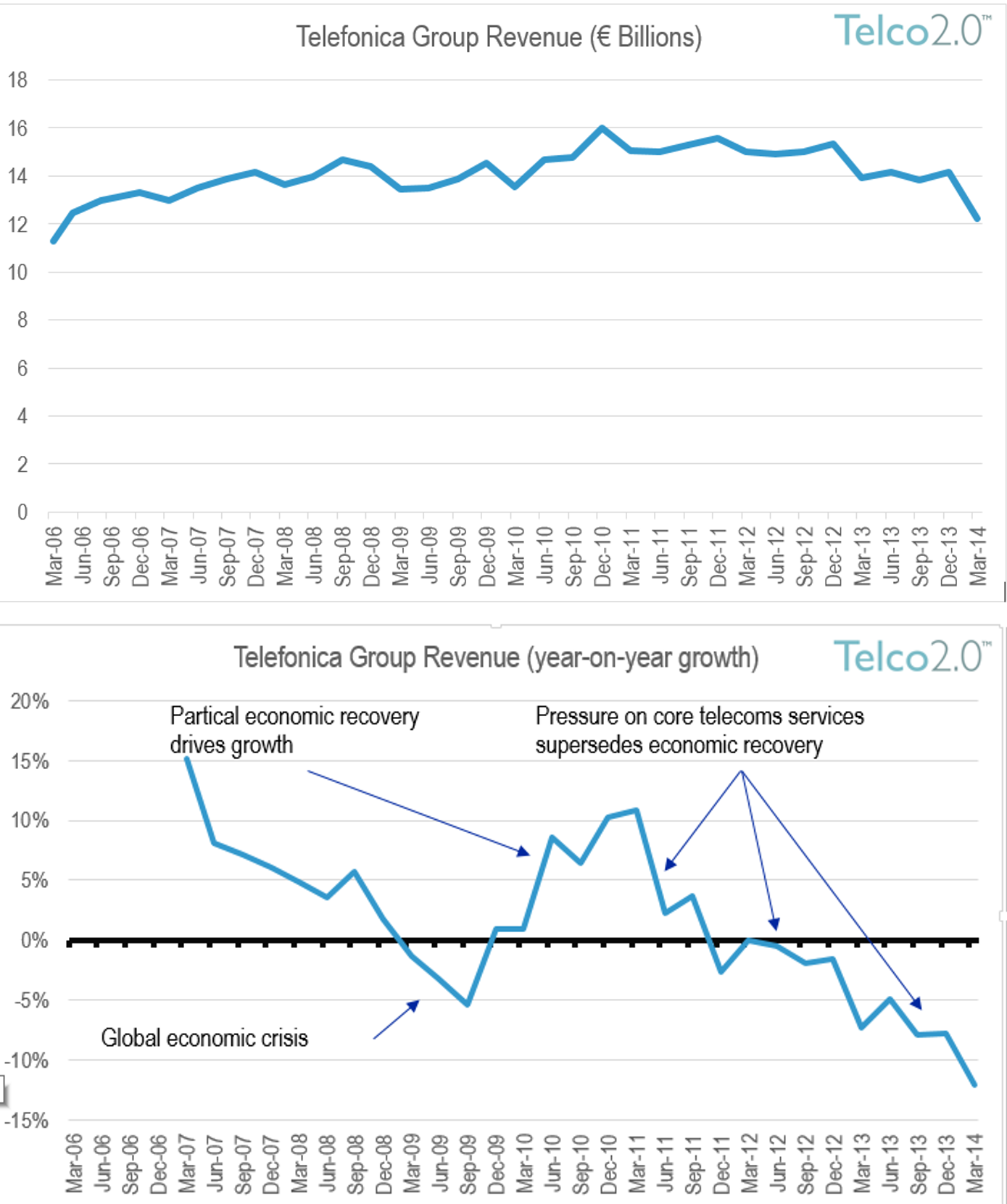
Embedding sustainability into the telco fabric: Learnings from Singtel
To achieve their net-zero targets, telcos must be proactive in finding mechanisms to embed sustainability in their decision-making. Singtel shows how this can be done through three initiatives focused on scenario planning, carbon accounting and disclosures.



